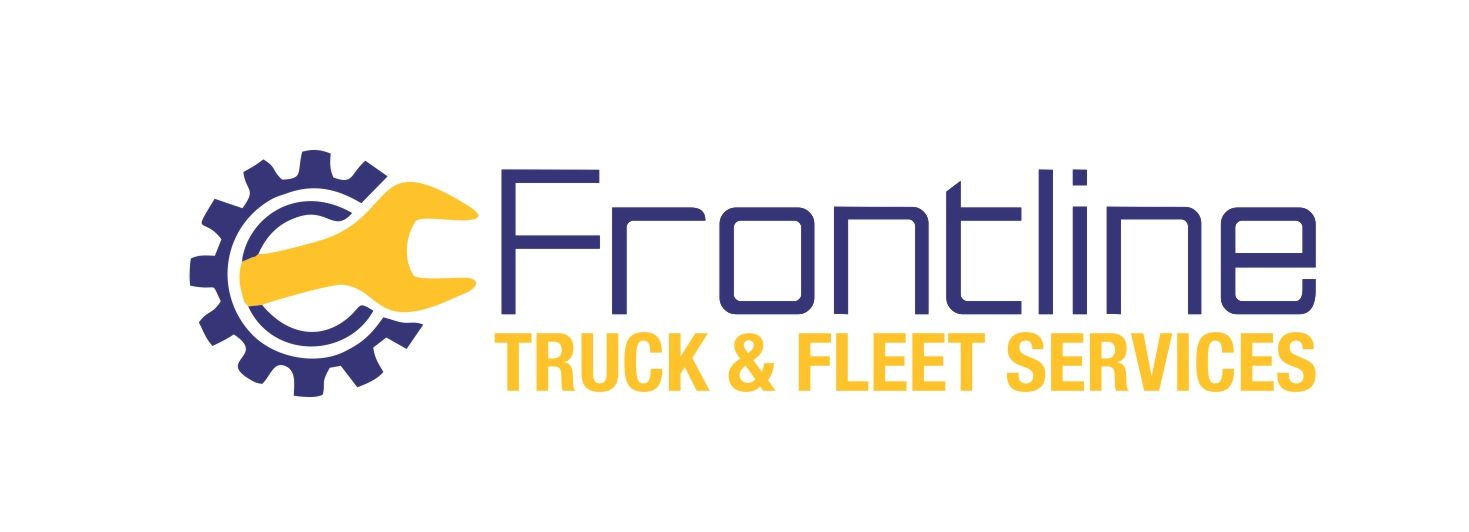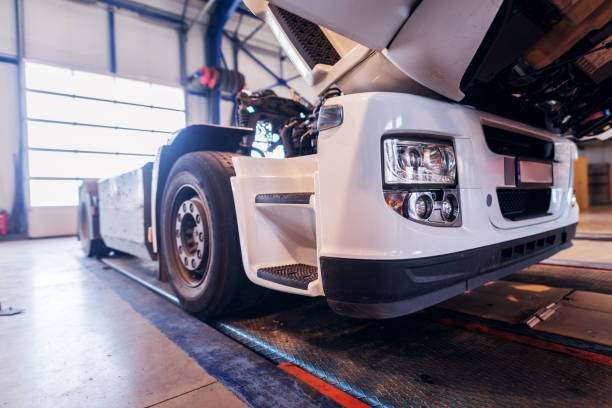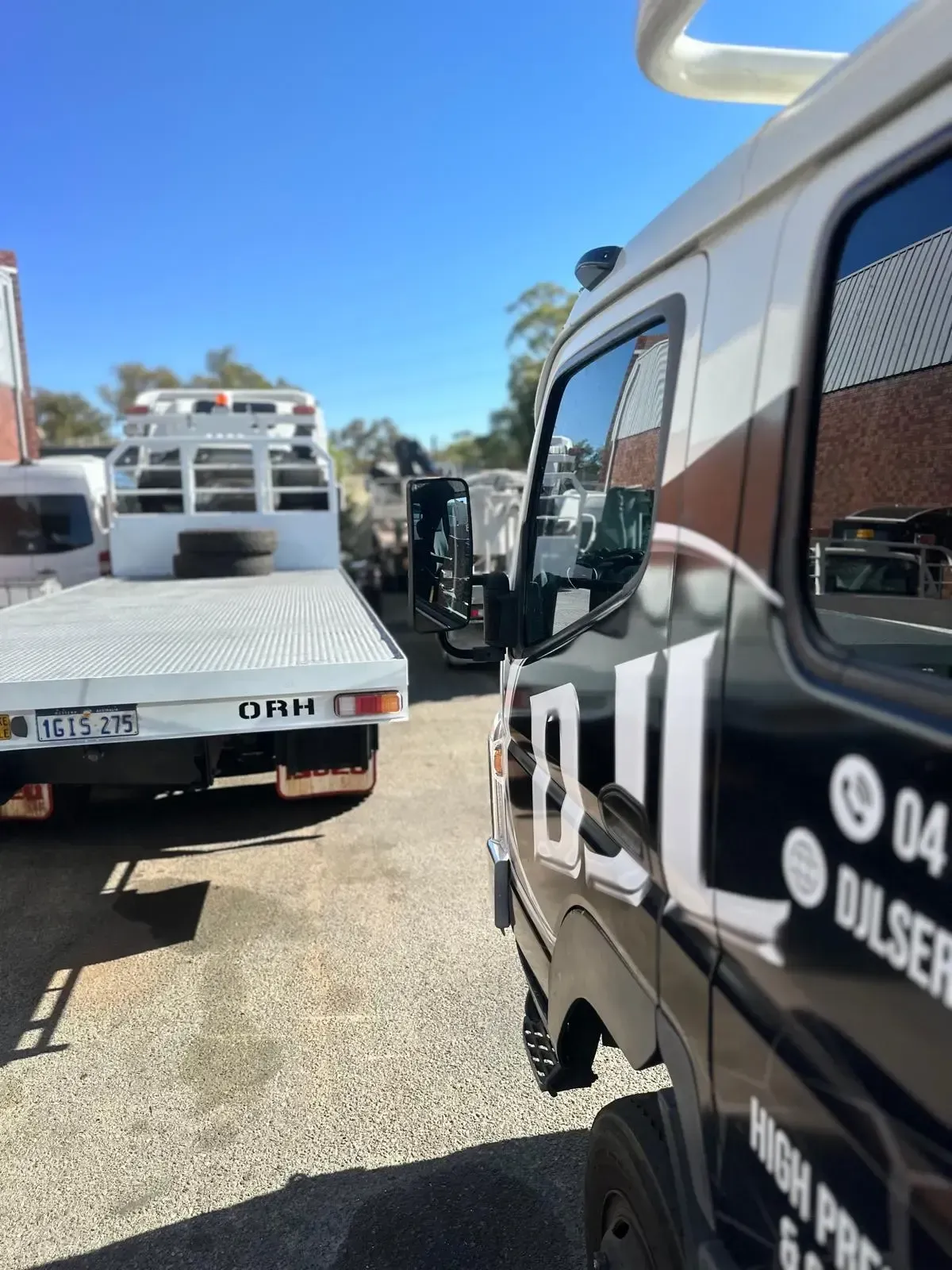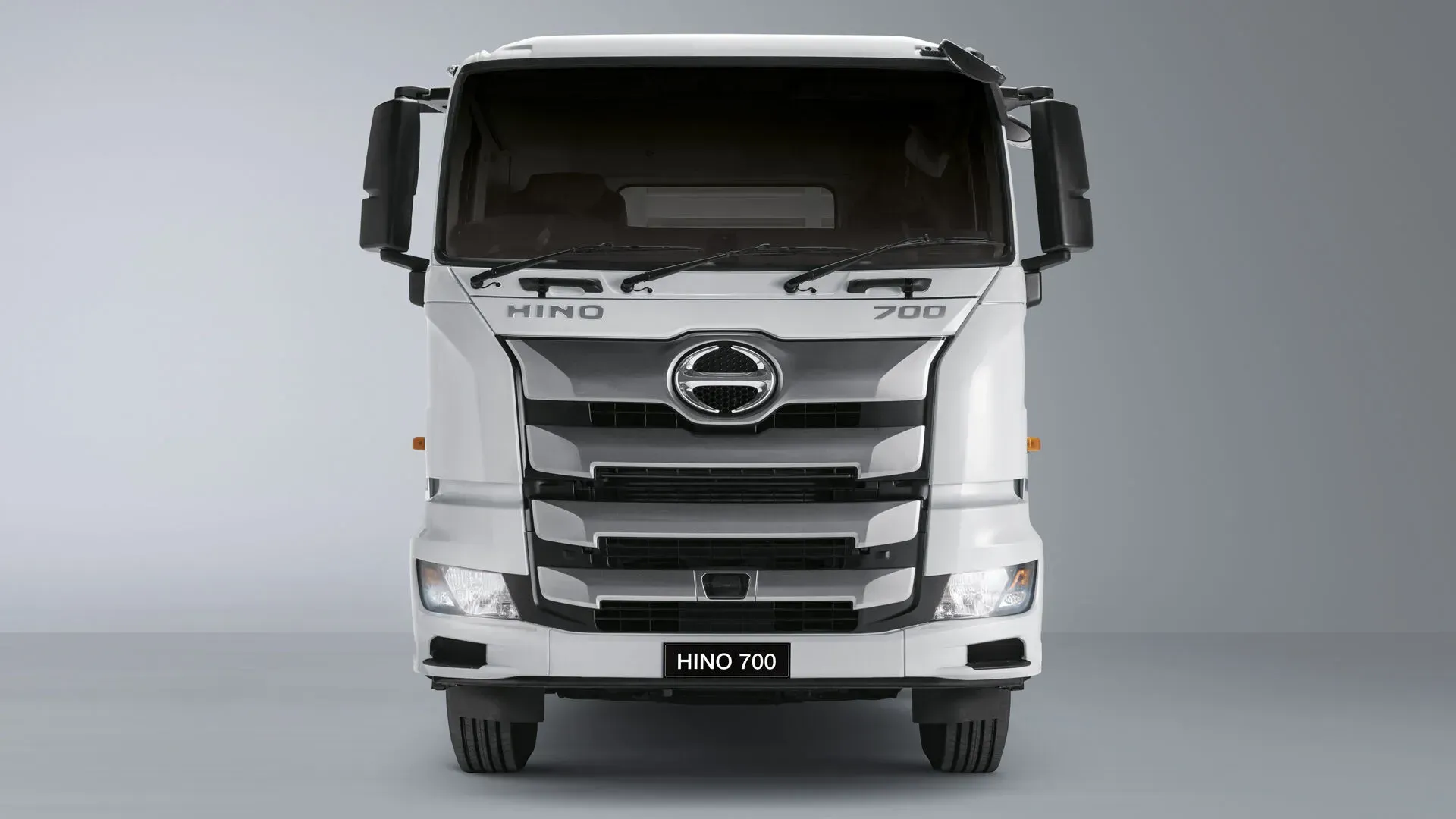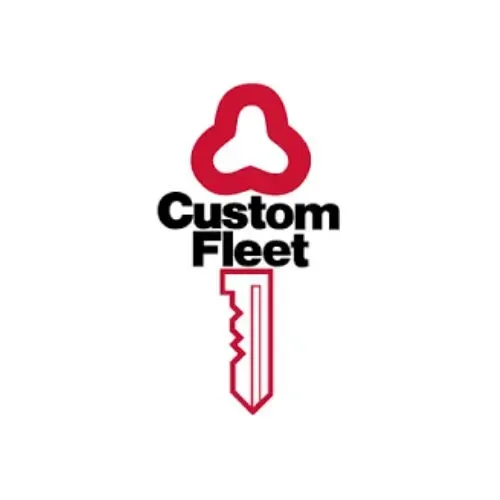"Call The Best , We'll Do The Rest"
Different Types of Truck Gearboxes
Truck gearboxes, essential components in the automotive industry, play a pivotal role in the performance & efficiency of vehicles. Understanding the different types of truck gearboxes can aid fleet managers, drivers, and automotive enthusiasts in selecting the right type for specific needs, enhancing both operational efficiency and reliability. Here, we explore the various types of truck gearboxes and their distinct functionalities.
Manual Gearboxes
Manual gearboxes, often known as standard transmissions, necessitate that the driver manually shift gears using a clutch pedal and a shift lever. This gearbox type is favored for its straightforward mechanics and direct control, allowing drivers precise management over vehicle speed and engine power. Its notable advantages include robust durability and reduced maintenance costs. Additionally, manual gearboxes offer better control on steep inclines and are often more affordable to repair due to simpler technology. They are prevalent in regions where rugged terrains demand meticulous control over gear selection and in markets where cost efficiency is critical. Furthermore, enthusiasts of driving purism prefer manual transmissions for the engaging driving experience they provide.
Automatic Gearboxes
Automatic gearboxes enhance the driving experience by automating gear changes, which are determined by the vehicle's speed and engine load, thereby removing the need for manual clutch engagement. This feature significantly diminishes driver fatigue, which is especially beneficial in congested traffic conditions. Modern automatic transmissions incorporate sophisticated electronic control systems that adapt shifting patterns for optimal fuel efficiency and performance. The integration of torque converters in some models helps in smoothing out gear transitions, providing a more comfortable ride. Automatic gearboxes are increasingly favored in the logistics and transport sectors due to their operational efficiency and the reduced training requirement for drivers, making them ideal for fleets with varying driver skill levels.
Automated Manual Transmission (AMT)
AMT systems represent a hybrid design that blends the manual gearbox's mechanical structure with the convenience of automatic operation. These systems employ an electronic control unit (ECU) to manage clutch engagement and gear shifts, thus automating the manual process while retaining the option for manual override if the driver chooses. AMTs are particularly advantageous in scenarios that require frequent gear changes, offering a compromise between control and comfort. They maintain the fuel efficiency typical of manual transmissions while providing an ease of use comparable to fully automatic systems. AMTs are also equipped with sensors and actuators that enhance gear shift timing, which contributes to reduced wear and tear, and improved longevity. This technology is becoming increasingly popular in commercial trucks designed for both urban deliveries and long haul journeys, where efficiency and driver comfort are paramount.
Continuously Variable Transmission (CVT)
Continuously Variable Transmission (CVT) offers a distinct approach to automatic gearing by providing infinitely variable gear ratios. This feature allows the engine to maintain its most efficient revolutions per minute (RPM) across different vehicle speeds, optimising fuel consumption and minimizing energy waste. CVTs are particularly lauded for their ability to deliver a smoother ride by eliminating the perceptible gear shifts typical of other transmission types. This seamless shifting not only contributes to comfort but also to consistent power delivery. While CVTs are traditionally less favored in heavy duty trucks due to their perceived lower durability under high torque demands, advancements in CVT technology have seen its integration into light commercial vehicles. Manufacturers are continually enhancing the strength and reliability of CVTs, making them more viable for heavier vehicles while maintaining their benefits in fuel economy and driving comfort.
Dual Clutch Transmission (DCT)
Dual Clutch Transmissions (DCTs) represent a sophisticated evolution in gearbox technology, employing two separate clutches for odd and even gear sets. This innovative design allows for almost instantaneous gear shifts, which markedly reduces the lag and loss of power experienced in traditional automatic transmissions. The use of dual clutches enables the transmission to pre-select the next gear, resulting in a quicker and smoother shift process. DCTs are particularly beneficial in high-performance and commercial trucks where rapid acceleration and responsiveness are critical. Additionally, the efficiency of DCTs often translates to better fuel economy compared to conventional automatics. While DCTs are generally more complex and potentially costlier in terms of maintenance, their advantages in speed, performance, and fuel efficiency make them a compelling choice for applications requiring robust performance. Moreover, as technology progresses, the durability and affordability of DCTs continue to improve, enhancing their appeal in both commercial and performance focused sectors.
Conclusion
Each type of truck gearbox offers unique benefits and is designed to meet specific driving needs and conditions. Fleet managers & truck owners should consider factors such as the typical load, terrain, and driving patterns when choosing the most appropriate gearbox for their vehicles. By understanding the functionalities and advantages of each gearbox type, businesses can significantly enhance their operational efficiency, reduce maintenance costs, and improve driver satisfaction. For those seeking expert clutch repair services in Perth, Balcatta Truck Repairs stands out as the premier choice, renowned for their exemplary service and expertise.
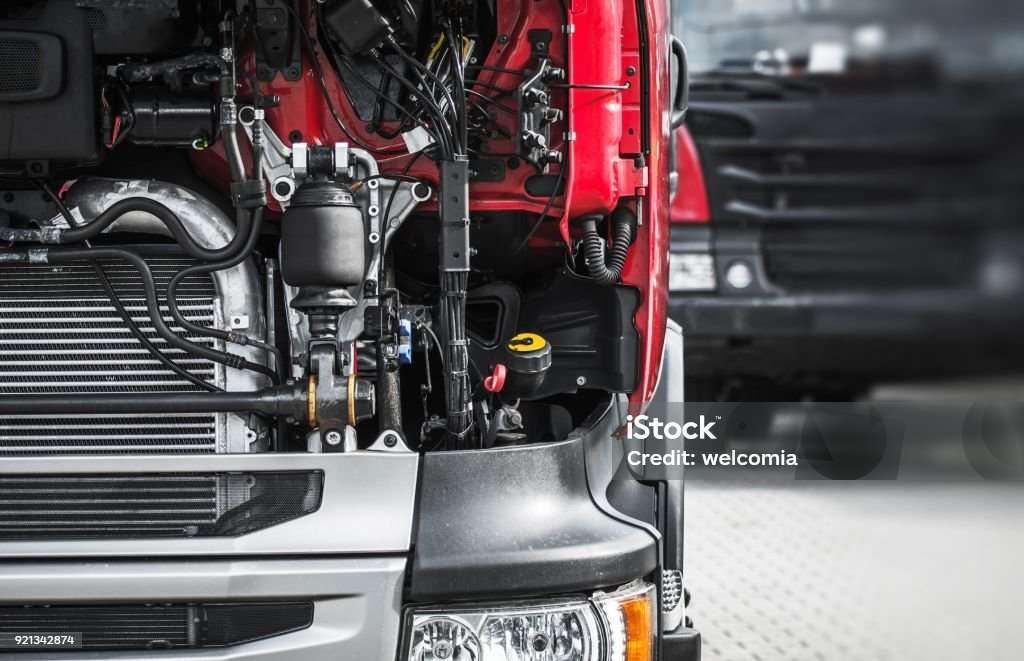

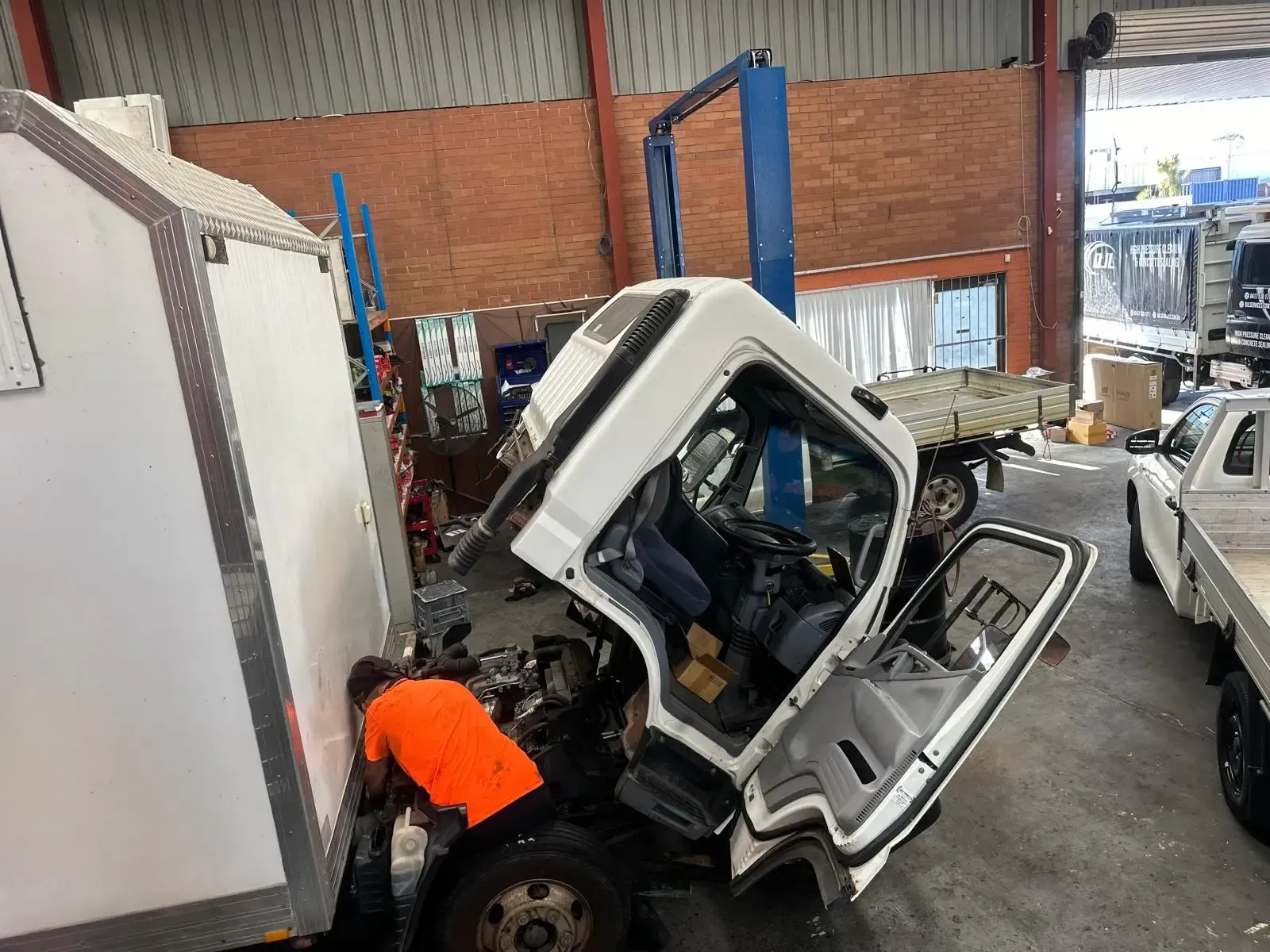
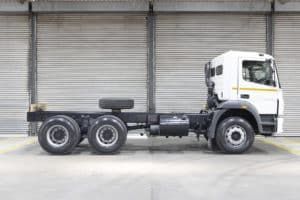

Our Affiliates

Email: service@balcattatruckrepairs.com.au
Phone: 08 9345 3122
